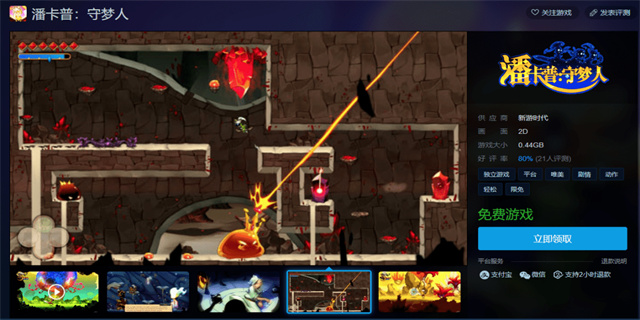Translation Software: Breaking the Language Barrier
The Importance of Translation Software
In today's globalized world, communication barriers due to language differences have become an obstacle in various fields. Whether it is for business negotiations, academic research, or even personal interactions, the ability to overcome these barriers is crucial. This is where translation software plays a crucial role in bridging the gap between different languages. By providing an efficient and accurate translation, these software programs have revolutionized the way we communicate across borders.

Features and Functionalities of Translation Software
Translation software offers a wide range of features and functionalities that enhance the translation process. One of the key components is the ability to automatically detect the source language, allowing users to easily input text without the need for manual language selection. Additionally, these software programs come equipped with vast databases containing extensive vocabulary and phrase libraries, ensuring accurate translations for various contexts.

Furthermore, translation software often provides advanced editing tools for fine-tuning the translated text. This includes options for adjusting grammar, sentence structure, and style to ensure the translated content is as natural and coherent as possible. Some software even offers specialized features for specific industries or fields, such as medical or legal translation, to cater to the unique requirements of these sectors.
The Benefits and Limitations of Translation Software
Translation software offers numerous benefits in terms of efficiency and accessibility. It allows individuals and businesses to communicate effectively with multilingual counterparts without the need for dedicated translators or extensive language knowledge. This saves both time and resources, increasing productivity in various professional settings.
Moreover, translation software enables individuals to access and understand information from different cultures and regions, opening up new opportunities for learning and cultural exchange. It promotes global collaboration and understanding, fostering a sense of unity among diverse communities.
However, it is important to note that translation software also has its limitations. While technology has advanced significantly, especially in the field of artificial intelligence, it still struggles with complex nuances, idiomatic expressions, and cultural subtleties that are unique to each language. Literal translations can often result in inaccurate or misleading interpretations, highlighting the importance of human expertise in certain contexts.
Additionally, the reliance on translation software may lead to a decline in language learning and proficiency. While they provide convenient solutions, they should not replace the value of learning a language and understanding its cultural context. As with any tool, translation software should be used judiciously, complementing rather than replacing human translation abilities.
The Future of Translation Software
The future of translation software looks promising as technological advancements continue to improve its accuracy and capabilities. With the development of neural machine translation (NMT) algorithms, translation software is becoming increasingly adept at capturing and preserving the contextual meaning of words and phrases, resulting in more accurate and natural-sounding translations.
Additionally, advancements in natural language processing (NLP) are enabling translation software to recognize and interpret complex linguistic structures more effectively. This allows for better translations of documents with intricate grammar and syntax, further enhancing the overall quality of translations.
Furthermore, the integration of translation software into various devices and applications has made it even more accessible and user-friendly. From mobile apps to smart home devices, translation software is becoming an indispensable tool for everyday communication.
In conclusion, translation software has revolutionized the way we communicate across different languages and cultures. Its efficiency, accessibility, and continuous advancements make it an essential tool in today's globalized world. However, it is crucial to acknowledge its limitations and recognize the added value of human expertise in certain contexts. With further technological advancements on the horizon, translation software is set to play an even more significant role in breaking the language barrier and fostering global understanding.


















